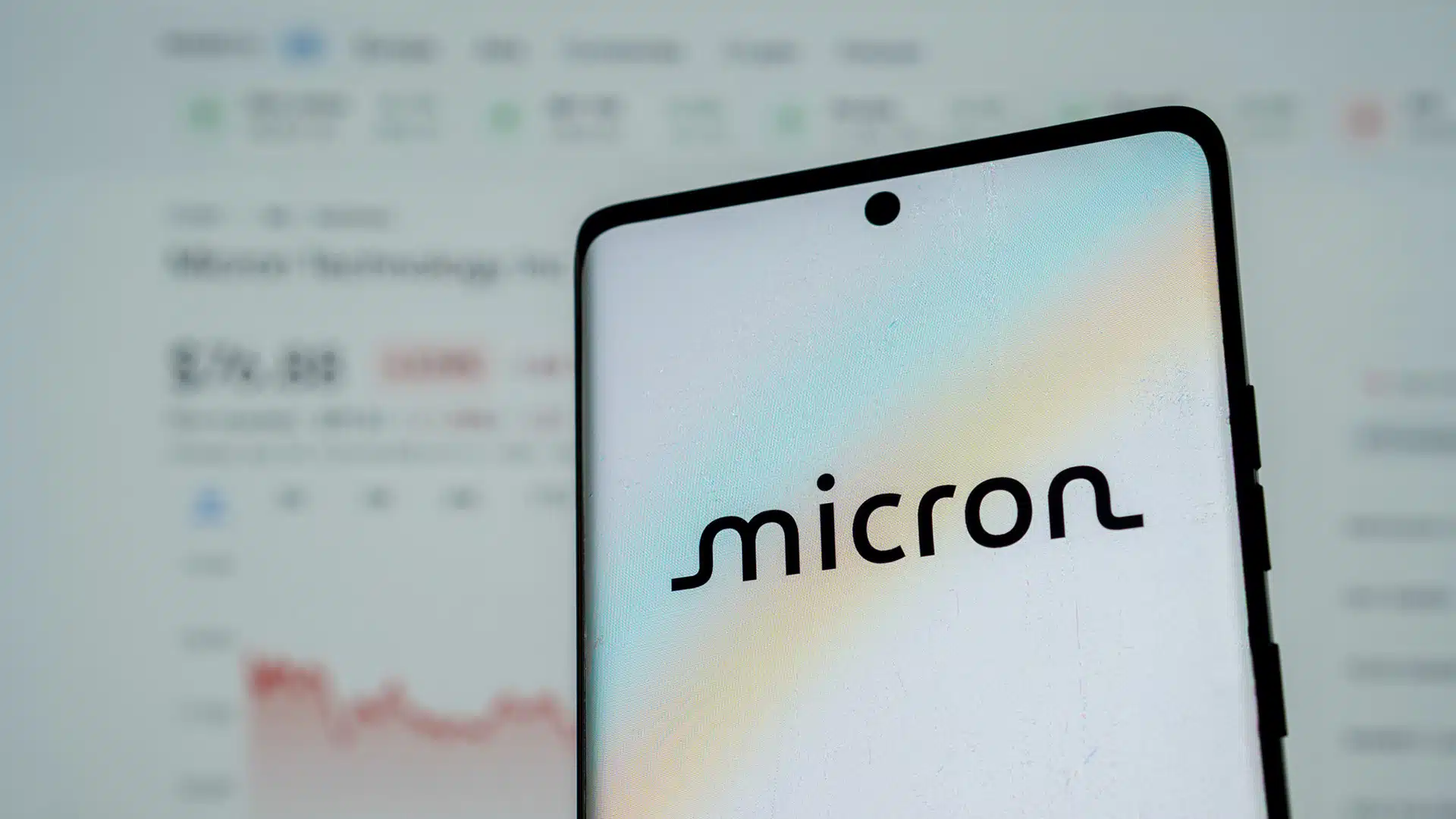For many CX software vendors, their unique selling propositions often revolve around the feature sets and technical functions of their applications or platforms. In CX, many of these features are focused on providing greater automation, smoother incorporation of artificial intelligence and machine learning, and more seamless integration with legacy or adjacent software platforms and systems. The thought is that by offering a laundry list of new and exciting features that provide more functionality or a more efficient experience than their competitors, they will have a significant advantage when being compared against their competitors in the CX market.
This was the approach SugarCRM took with its Analyst Day that I attended last week. Top executives spoke about the strong performance the company has seen over the past year, with 53% growth in year-over-year bookings, 105% net retention rate, and a 16% increase in year-over-year annual recurring revenue), as well as the wide range of customers it serves among mid-market, growth-focused customers.
Being primarily focused on “mid-market plus” companies, which SugarCRM segments into two buckets – mid-market companies with 100-2,500 employees, and enterprise companies with 2,500-10,000 employees – the platform is designed to meet the specific needs, expectations, and budgets of these customers, which are often quite different than the needs of small and medium businesses (SMBs) or large enterprises.
As such, SugarCRM’s key recurring marketing message was “Let the Platform do the Work,” which pointed to the strategic elements of the software itself that are designed to reduce friction, and are focused on embedding and integrating features that help companies improve efficiency during the marketing, sales, and service experience, while also eliminating the poor handoffs between functions and systems that create negative experiences. Company executives did a great job of explaining the updates and features of the platform, proving clarity into the future strategy and product roadmap, and offered specific insights into how its mix of direct sales and partnership-driven sales would help keep the company moving forward and growing over the next year.
However, the most interesting aspect of the Analyst Day was the collection of conversations I had with the customers SugarCRM brought in to share their experiences. While the formal presentations were, as expected, largely focused on the positive aspects of their respective engagements, the informal conversations I had revealed the full extent of their experiences with SugarCRM, and provided additional insights that any CRM or CX software vendor in the space should heed when working with customers. Interestingly, none of the customers I spoke with highlighted a single feature or set of features as being “better” than a competitor’s features, or that feature sets or functionality were used as key decision criteria. However, the following aspects came up time and time again, and they each revolved around creating an excellent customer experience.
A hands-on approach: Customers of differing sizes and vastly differing businesses each spoke to me about the value they placed on SugarCRM’s hands-on, personalized approach to managing the sales, implementation, and everyday relationship. From deploying senior executives to conduct customer check-ins, to a willingness to work alongside the customer to make sure that any issues with implementation or rollout were handled efficiently, SugarCRM demonstrated a willingness to “get in the trenches” with customers to ensure their success.
Simplified and customizable: While these terms could appear to be diametrically opposed to each other, in practice, they work together. SugarCRM simplified its product offerings into more concise packages that each contained the various feature sets and offerings that most of their customers wanted, but were flexible enough to allow customized elements based on specific needs. This made the buying process simpler, but still ensured that customers received software that met precise requirements.
Right-sized: One customer noted that with SugarCRM, they felt like they were “a fish in the pool, rather than a fish in an ocean.” This comment speaks to the alignment between a company’s products and its sales and support approach, and willingness, as previously noted, to deliver a more hands-on approach to ensure customer success.
These comments underscored a key belief I have developed after speaking with hundreds of customers, both inside the CX software industry, and across a wide variety of industries and products outside of the technology realm: Features matter.
No buyer will consider a piece of software, or any product, that does not have the features they need or desire, and does not meet a basic level of functionality. However, software that is easy to use, reduces friction, and incorporates the latest technology is considered table stakes, and the key differentiator is often how well a provider can deliver a great customer experience. Particularly in the middle market, where there is often limited technology, labor, or available capital, software vendors must take a more customized and thoughtful approach to each customer’s specific needs around sales, implementation, and service.
That said, it is difficult to maintain this high-touch, customized approach as a vendor grows. Few billion-dollar-plus software vendors can provide the same level of attention to each customer as the pond grows into a lake, and a lake to an ocean. But using this client-focused approach can be instrumental in limiting customer churn, increasing contract sizes, and generating the referrals necessary to generate the revenue required to reach that next level, while simultaneously helping to win deals against larger, less-nimble rivals.
Author Information
Keith Kirkpatrick is Research Director, Enterprise Software & Digital Workflows for The Futurum Group. Keith has over 25 years of experience in research, marketing, and consulting-based fields.
He has authored in-depth reports and market forecast studies covering artificial intelligence, biometrics, data analytics, robotics, high performance computing, and quantum computing, with a specific focus on the use of these technologies within large enterprise organizations and SMBs. He has also established strong working relationships with the international technology vendor community and is a frequent speaker at industry conferences and events.
In his career as a financial and technology journalist he has written for national and trade publications, including BusinessWeek, CNBC.com, Investment Dealers’ Digest, The Red Herring, The Communications of the ACM, and Mobile Computing & Communications, among others.
He is a member of the Association of Independent Information Professionals (AIIP).
Keith holds dual Bachelor of Arts degrees in Magazine Journalism and Sociology from Syracuse University.








